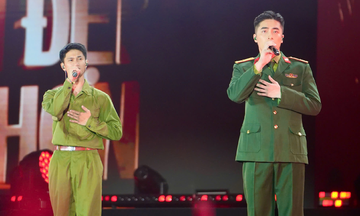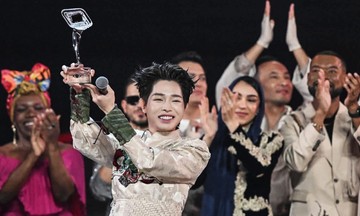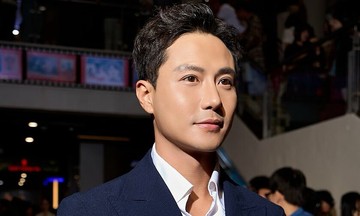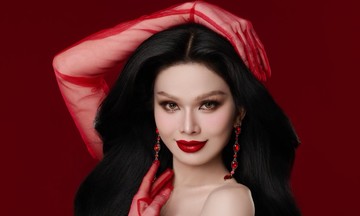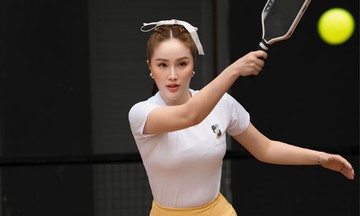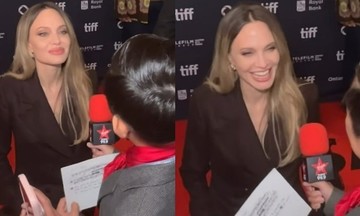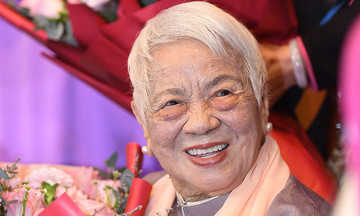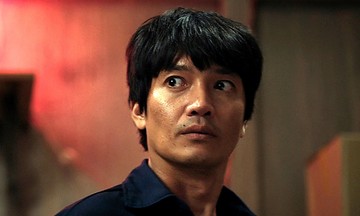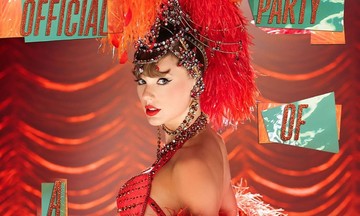The first film, released in 2006, followed Andy Sachs (Anne Hathaway), a recent graduate starting her career as an assistant to Miranda Priestly (Meryl Streep), the editor-in-chief of Runway fashion magazine. The film grossed over USD 326 million globally – 9 times its production budget – and earned Meryl Streep a Golden Globe Award and an Oscar nomination. This success made the film a cinematic landmark, showcasing the multifaceted nature of glamour in the fashion world.
In the sequel, Miranda Priestly finds herself in a declining print magazine industry. Her rival, Emily Charlton (Emily Blunt), is now the head of a digital media company. The central conflict expands beyond their personal relationship to a competition between traditional publishing and online platforms.
This shift illustrates the changing power dynamics in the fashion industry – from editors-in-chief to influencers capable of creating instant trends on TikTok and Instagram. A report by WPP Media shows that digital advertising accounts for 73.2% of total global spending this year, while print advertising continues to shrink. This data highlights how the film's portrayal of competition reflects reality.
According to a survey by Deloitte, gen Z workers now prioritize work-life balance over complete career dedication. The character of Miranda Priestly, a symbol of workaholic culture, no longer aligns with these new values.
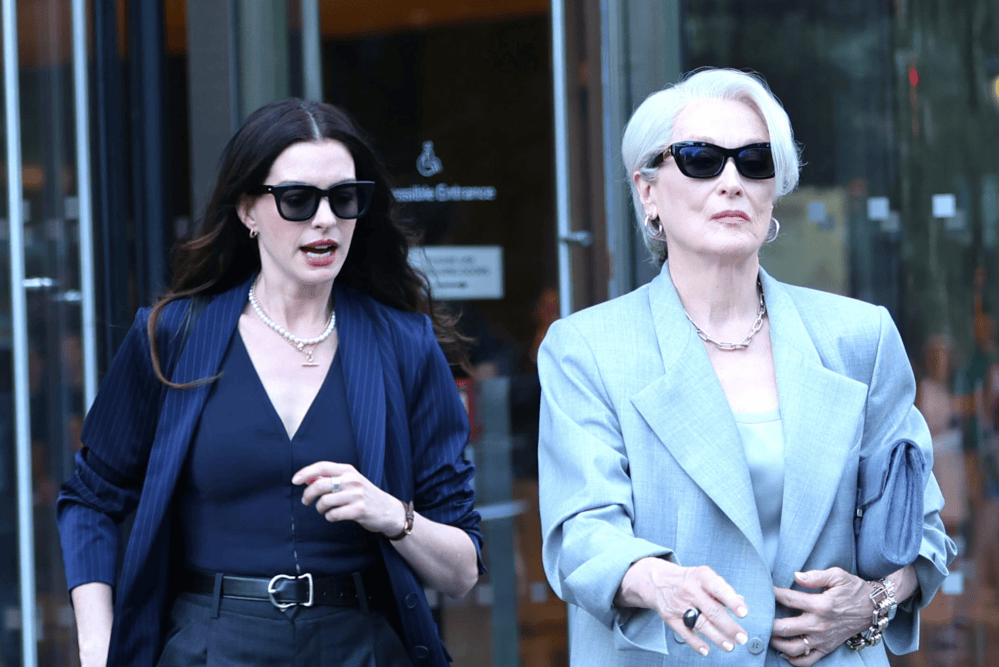 |
Meryl Streep and Anne Hathaway in a scene from "The Devil Wears Prada 2." *Photo: Variety* |
The biggest challenge for a legacy sequel is escaping the shadow of the original. The Guardian considers this a difficult task, requiring the film to find a compelling reason to exist, similar to Top Gun: Maverick. Variety suggests a possible direction for the sequel lies in exploring the inherent conflicts of the media industry in the digital age. The success of the series The Bold Type (2017-2021), with an 89% rating on Rotten Tomatoes, demonstrates that audiences remain interested in behind-the-scenes magazine stories when told in a modern context.
Production in New York also faces pressure from the speed of information dissemination. Outdoor filming leads to costumes and set designs quickly appearing on social media, potentially diminishing the element of surprise. Vogue and Marie Claire warn this could directly impact the viewing experience, especially when an outfit plays a significant role in the plot. On X, many express excitement, but some worry the film relies too heavily on the original storyline.
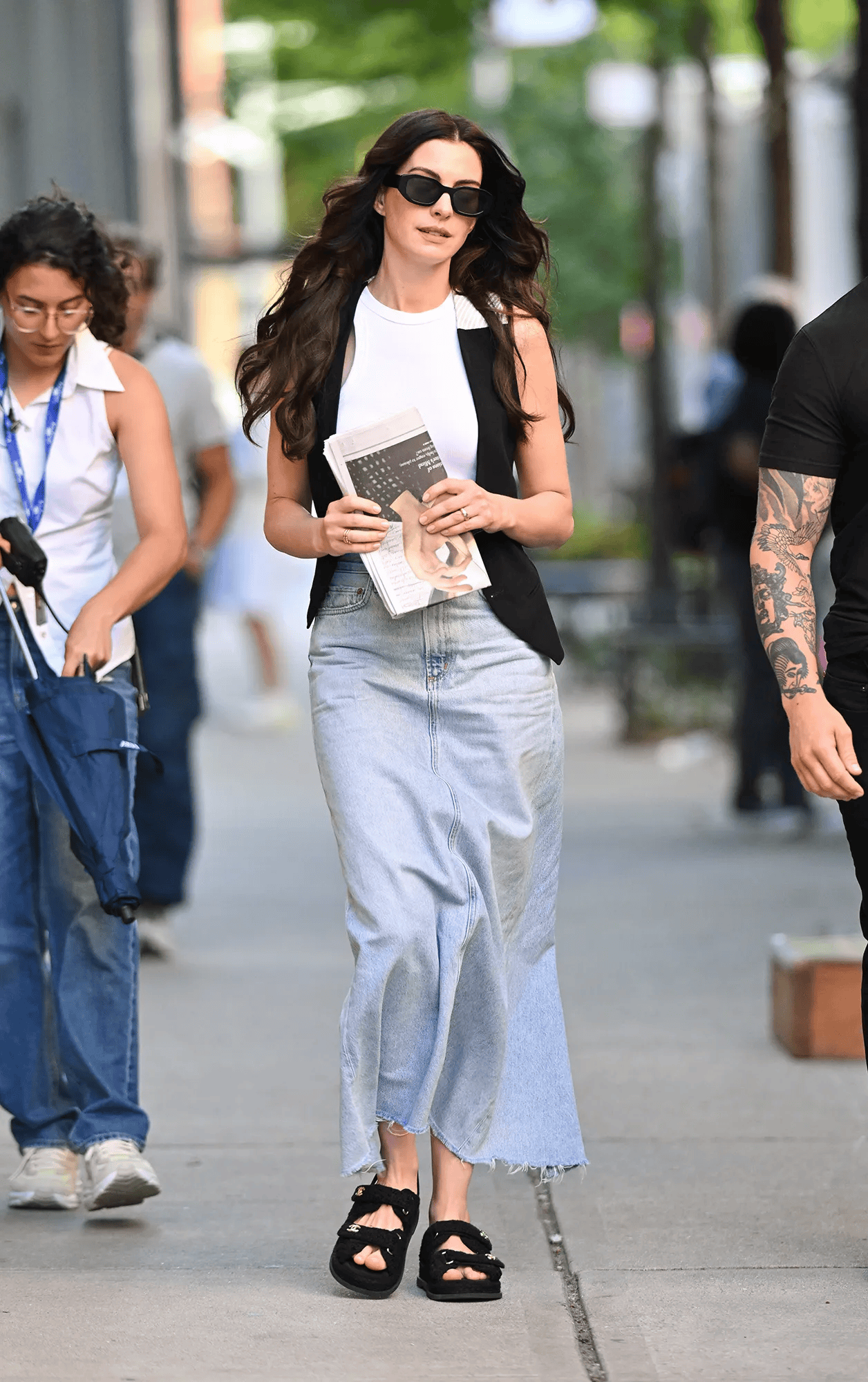 |
Anne Hathaway in a new look for "The Devil Wears Prada 2." *Photo: Vanity Fair* |
The original cast, including Meryl Streep, Anne Hathaway, Emily Blunt, and Stanley Tucci, are all confirmed to return. In an interview with Deadline, Hathaway stated that revisiting her character after 20 years required her to consider Andy's evolution in a completely new environment. She also acknowledged the challenges in production, costume design, and the pressure of fan expectations for the sequel.
Director David Frankel aims to tell a story that reflects the changes in the publishing and entertainment industries, going beyond simply revisiting old values. The team also needs to carefully consider how to portray Miranda Priestly – a symbol of traditional power – in a way that retains her essence while resonating with younger audiences.
The Devil Wears Prada 2 is expected to both continue the brand's appeal and connect with gen Z viewers. This balance will determine whether the film can transcend the original's shadow, becoming a new pop culture landmark, or merely capitalize on nostalgia.
Gia Hung



